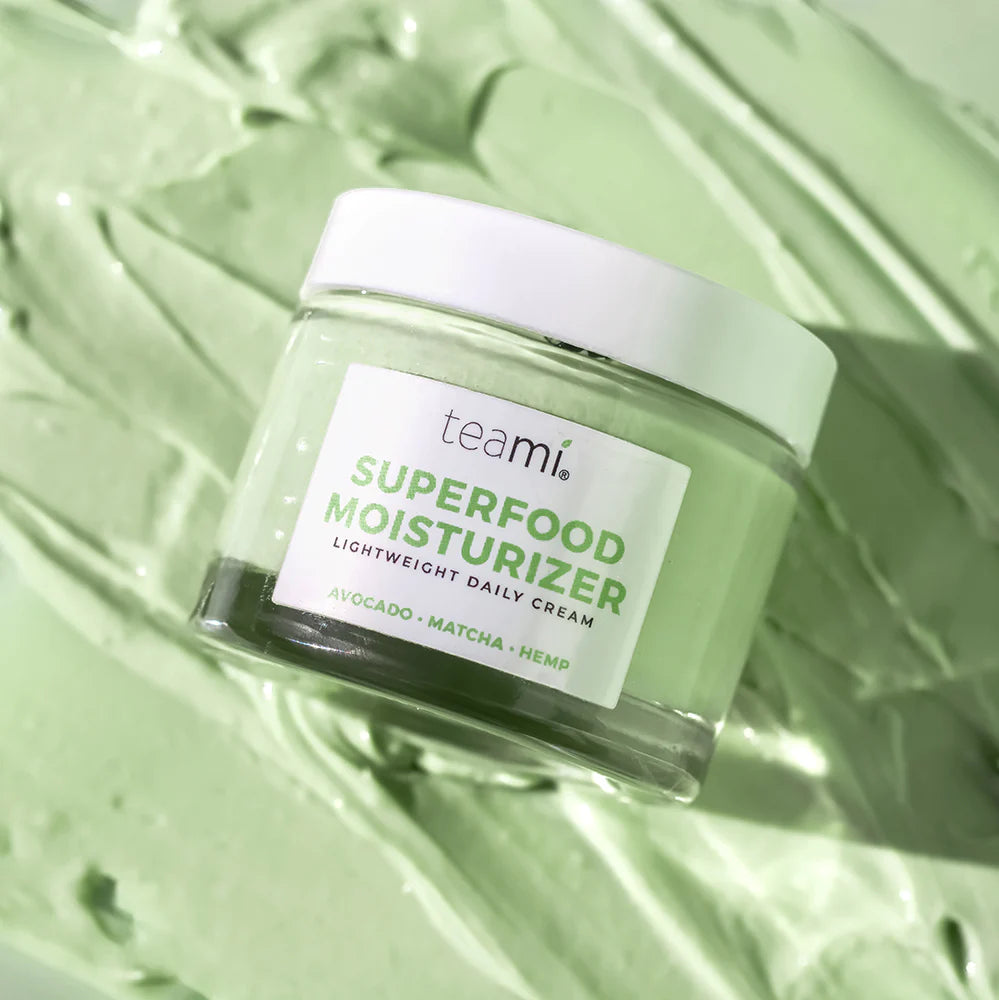How to Make Iced Tea With Tea Bags: The Right and Wrong Way

Iced tea is a refreshing drink that can stave off the effects of sweltering heat, second only to water. You see bottles of iced tea in stores from brands like Lipton and AriZona that offer immediate gratification. Some of these iced teas are imbued with additional flavors that enhance the taste and offer a more pleasant treat. Unfortunately, most of these bottled drinks are packed with extra sugar or additives that help them last longer while waiting for a purchaser.
If you have ever spent time in the South, you will know that it is possible to make your own iced tea without adding unnecessary additives. Southern sweet tea remains a popular beverage in many states, but plenty of people lack the knowledge of how to steep their own iced tea (not that there is anything wrong with that).
Most people who drink hot tea are familiar with the pre-packaged tea bags available in most stores. Like the iced tea in convenience stores, tea bags come in multiple brands with proprietary recipes. Tea bags traditionally prepare a hot cup of tea by dipping the bag in a mug of hot water.
While this accurately represents what the tea bags were designed for, they have additional use. It is possible to use tea bags to steep a pitcher of iced tea, but the process requires careful attention to avoid making a mistake. The question is: what is the right way to make iced tea with a traditional tea bag?
Step #1: Know What Type of Tea to Use
There are several different kinds of tea, some of which come from completely different plants from one another. The most common plant used to cultivate tea leaves is Camellia sinensis, which is responsible for growing the leaves for white, green, black, yellow, and oolong tea. With a single plant capable of growing 5 varieties of tea leaves, people often have to decide which one they want.
Each variant has different characteristics that make it easier to pick a favorite, but you might have to make a more difficult choice if you want to make iced tea. Making a drink means ensuring you have the correct ingredients so the taste and texture match expectations. For various reasons, most commercially available iced teas use black tea leaves as the drink's foundation.

Black tea is a special tea variant that grows from C. sinensis plants and differs from the others due to its oxidation. Black tea leaves have the highest oxidation out of the 5 types that grow on C. sinensis. This oxidation has led to a higher concentration of the nutrients that make tea beneficial and has altered the flavor profile to be significantly stronger.
The stronger flavor profile means the iced tea will have a more impactful taste, making it a more pleasant drink when properly flavored. While black tea leaves are the most common variant used in iced tea, making iced tea using green, white, or oolong tea is possible. Any of these 4 varieties generates the best version of iced tea and can be used interchangeably.
Step #2: Gather the Tea Bags
The next step to steeping iced tea with tea bags is gathering them together so you can make it. The best way to prepare iced tea is to steep a full pitcher rather than trying to steep it in single-serving portions. It is possible to steep it one cup at a time, but the general rule is to go for the full pitcher.

If you plan on making the full pitcher, you should gather between 3 to 4 large tea bags, but you might have to add more depending on the size of the bags or pitcher. It would be best to have multiple tea bags because a single one will not steep an entire pitcher's worth. Larger bags are also recommended because too many small bags could cramp the pitcher and compromise the ratio.
Multiple large bags that do not overfill the pitcher ensure equitable tea distribution in the water. If you insist on steeping the tea in single servings, smaller bags might be more beneficial since they accommodate a single cup. Once you have gathered your tea bags, you are ready to proceed to the next step.
Step #3: Heat the Water
This might sound counterintuitive since the goal is to make iced tea, but you will want to prepare hot water if you want the process to succeed. Hot water is traditionally used to prepare hot tea, so the drink retains the temperature, but it has another important role. Hot water ensures the tea is assimilated in the water quickly and without losing any of the nutrients stored in the leaves.

Cold water is an option, but it will take longer to steep and might lose nutritional value since not everything will leach out. The best way to heat the water is to add it to a pot or pan and heat it via stovetop until it is boiling. Depending on the tea you are using, you should ensure the water stays within a specific temperature range.
Therefore, you should keep a thermometer handy to monitor the water temperature at all times. If you use black tea, you should be fine keeping the water between 200° to 212° Fahrenheit. You should aim for a 180° to 190° Fahrenheit range for more delicate teas.
If the water temperature is too hot, it could boil the nutrients away or cause the tannins to leach (the latter causes bitterness). Once the water reaches the desired temperature, you must turn off the heat and place the tea bags in the pot immediately. If you want the most accurate results, consider purchasing a tea kettle with temperature controls to maintain complete control over the water temperature. Otherwise, using a thermometer, as we mentioned earlier, is your best chance at keeping the water temperature level.
Step #4: Let the Tea Bags Steep
Once the tea bags are in the hot water, it becomes a waiting game to let the tea leaves soak and the nutrients mix with the water. This is generally the easiest part of the process since it involves letting nature take its course. Unfortunately, this does not mean you can leave the tea unattended if you want to ensure the best results.
We mentioned that overheating the water can cause the tannins to leach and generate a bitter taste in the tea. The same problem occurs if the tea bags are allowed to steep for too long. You must not allow the tea to steep for longer than 5 minutes to avoid leaching your tannins. However, you also must ensure the tea has enough time to mix with the water, which usually takes 3 minutes.

Therefore, you have a timeframe of 3 to 5 minutes in which to steep your tea without compromising the process. Ordinarily, 3 minutes is sufficient to generate the desired flavor, but you should taste the mixture every 30 seconds to ensure the flavor meets expectations. If, by the 3-minute mark, the flavor is not where you want it to be, you can allow it to steep for up to 2 more minutes.
If you have ever made tea before, you know the steeping process is the most important part since it creates the tea. That is why it is important to monitor the mixture's flavor while it steeps; otherwise, you might end up wasting perfectly good tea bags. Once the tea is finished steeping, you must quickly move on to the next step.
Step #5: Add More Water
After the tea is finished steeping, you must quickly pour the mixture into the pitcher you intend to serve it from. Once the tea is in the pitcher, let it sit at room temperature for 5 to 10 minutes to cool. You might be tempted to let it cool in the refrigerator to expedite the process, but this can compromise the tea's quality since the refrigeration comes later.
After the tea is finished cooling, add 2 cups of cold water to the mix and stir it so the cold water melds with the room-temperature tea. After mixing the cold water, place the pitcher in the refrigerator and let it sit for 2 hours. This will begin the cooling process, transforming your mixture into iced tea rather than hot or lukewarm tea.

Once the cooling process is complete, the tea is ready to be served. Fill your glasses with ice (hence the term "iced tea") and pour your cold tea in. For added flair, you can garnish the glasses with lemon slices or mint leaves. They can also modify the flavor without adding unnecessary sugar or sweeteners. From there, it is as simple as enjoying the fruits of your labor.
Bonus Step: Add Fruit
If plain iced tea is not your style, enhancing the drink with additional flavors and generating the drink you prefer is possible. People who prefer sweet tea might want to add extra flavor to the mixture so they are not drinking plain tea.
Fortunately, there is a way to do this without relying on artificial sweeteners or an abundance of sugar. The garnish we mentioned in step #5 can be used to alter the flavor slightly, but for a sweeter drink, you can infuse the tea with fruit. Fruit-infused iced tea is very common and is often preferred to traditional iced tea since it adds extra flavor and reduces any lingering bitterness from the tea's natural flavor. This is especially prudent with black tea since it has the strongest flavor profile of any C. sinensis tea.
The best part is that you are spoilt for choice concerning fruit compatible with tea. Despite its new form, tea originates from leaves and tends to mesh well with fruits.

Some of the most common choices for fruit-infused iced tea include:
- Raspberries
- Passion Fruit
- Peaches
- Cherries
These fruits mesh well with tea's natural flavor and can add a little extra sweetness to the drink without the need for excess sugar. Infusing your tea with fruit is not overly complicated and can be performed after you have completed the previous 5 steps. First, add ½ cup of sugar to the brew in your pitcher.
While you might want to avoid adding sugar, a ½ cup is minor compared to the amount used in commercial iced tea. Once the sugar is added, cut up the fruit of your choice and add 1 cup to the brew (if you want to use multiple fruits, use the same measurement with equal parts of the fruits you want). Stir the fruit and tea until the flavors mix completely and serve as normal.
Ultimately, making iced tea is not incredibly difficult but requires some knowledge of the kitchen to accomplish. The biggest challenge is getting ahold of a decent tea blend so you can enjoy the best iced tea possible.
Finding the Right Blend
Making your own iced tea is an excellent way to avoid falling into the health trap of commercially available iced teas. Drinks like Brisk and AriZona often contain extra sugar or sweeteners that can dilute the drink's value. If you do not have much experience steeping your own iced tea, you might mess up the first few pitchers, but following these steps will minimize your failure rate (remember that it is okay to make mistakes in the kitchen as long as you learn from them). The real trick is getting a tea blend from a reputable vendor.

We at Teami have a longstanding relationship with tea and believe it is one of our best assets for enhancing our health. Our dedication to pure tea is so strong that we have cultivated a catalog of several tea blends. We offer blends that use green tea, black tea, oolong, and even matcha that can help you create the best iced tea possible. We encourage you to visit our website and peruse our catalog so you can find the blend that suits you most. After all, finding the right blend is a Teami effort.
Subscribe to our Newsletter
Subscribe to our newsletter and get 10% off your first purchase
 Instagram
Instagram



